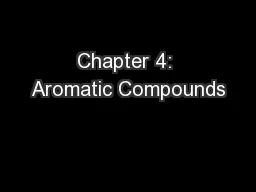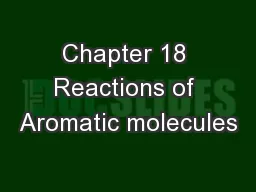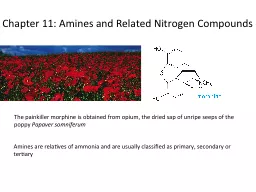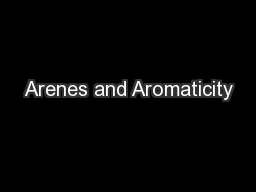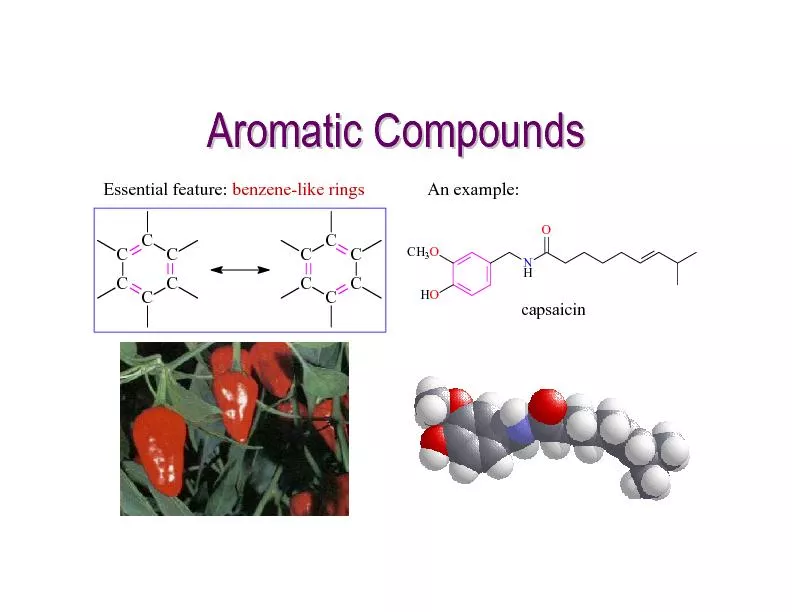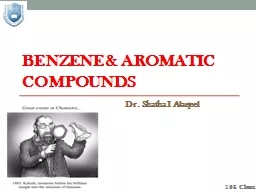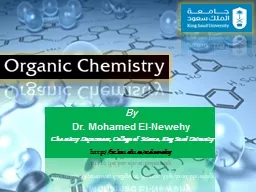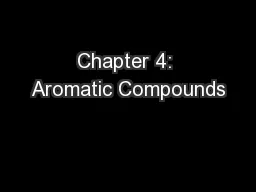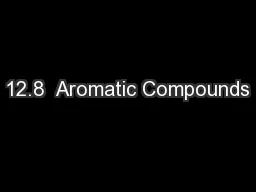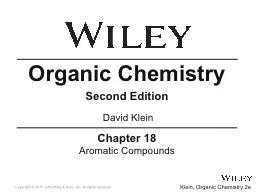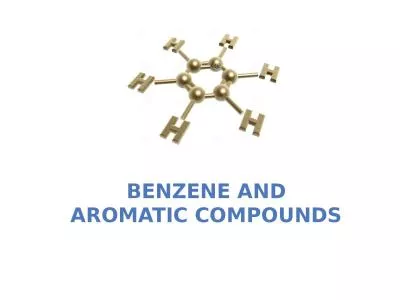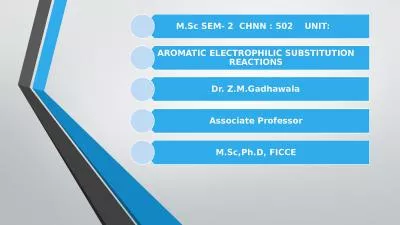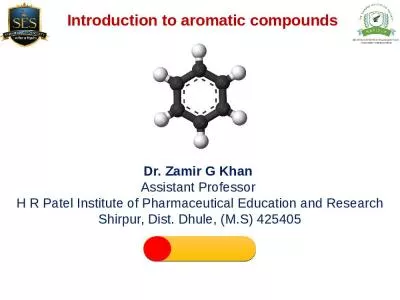PPT-Chapter 4: Aromatic Compounds
Author : tatiana-dople | Published Date : 2016-06-19
Bitter almonds are the source of the aromatic compound benzaldehyde Sources of Benzene Some Facts About Benzene Reacts mainly by substitution Friedrich August Kekule
Presentation Embed Code
Download Presentation
Download Presentation The PPT/PDF document "Chapter 4: Aromatic Compounds" is the property of its rightful owner. Permission is granted to download and print the materials on this website for personal, non-commercial use only, and to display it on your personal computer provided you do not modify the materials and that you retain all copyright notices contained in the materials. By downloading content from our website, you accept the terms of this agreement.
Chapter 4: Aromatic Compounds: Transcript
Download Rules Of Document
"Chapter 4: Aromatic Compounds"The content belongs to its owner. You may download and print it for personal use, without modification, and keep all copyright notices. By downloading, you agree to these terms.
Related Documents

